Running on Empty
 Planet earth really should be called the water planet. 71% of the earth’s surface is covered with water. Also, when you explore land, air, and sea, it becomes quite obvious that perhaps the most interesting world lies under the water. An ecosystem so diverse, expansive and fascinating.
Planet earth really should be called the water planet. 71% of the earth’s surface is covered with water. Also, when you explore land, air, and sea, it becomes quite obvious that perhaps the most interesting world lies under the water. An ecosystem so diverse, expansive and fascinating.
It should be no surprise that water has an even more amazing impact on the human body where well over 50% is made up of water-moreso for some parts (blood 90%, brain 85%, muscle and skin 70%). It is no wonder why you can go many weeks without food but can survive only a few days without water. Water is an essential nutrient for optimal function of the human machine, yet most of us (estimated 75%) do not get enough. Most of us spend the day mildly dehydrated, approximately one quart low, something not good for your health.
Water is important to virtually every organ system in the body. It carries nutrients through the system and aids in purification, kidney function, bowel function, joint lubrication, cooling and temperature control mechanisms, and biochemical activity at the cellular level.
“Unlike an automobile, we don’t have an Empty/Full gauge and a red light that comes on when out tank is low”
Unlike an automobile, we don’t have an Empty/Full gauge and a red light that comes on when our tank is low. Thirst is usually the first sign that you are running dry but that sensation does not kick in until you already low on H20. Not a great alert system. So you need to stay ahead. Some signs of mild dehydration include daytime fatigue, dizziness, headaches and muscle aches or weakness. A 2% drop in hydration can result in problems with short term memory and concentration. If you exercise regularly you are even more prone to chronic dehydration. Air Conditioning robs your system of fluids as does air travel.
Water is also important for weight control. The body sometimes confuses thirst for hunger, partly because the thirst center is very near the hunger center in you brain. The result, if you are a little dry, you eat-not great for weight control. This is one reason to drink lots of water when you are trying to lose weight. You can often fool the hunger center. Even mild dehydration can slow down your metabolism also leading to weight gain. Water is the perfect weight-watcher beverage-zero calories, and if you drink enough, especially cold, it has a calorie burning effect! A great way to curb night snacking is to first brush your teeth and then drink a full glass of ice water-good for hunger pangs.
Also all beverages are not created equally when it comes to fluid replacement. Coffee, tea and sodas with caffeine don’t count. In fact they create, through their diuretic effect, a net fluid loss to your system, thus increasing dehydration. Also, they are often filled with naked calories (no nutritional value). Sports drinks are useful if you are exercising over one hour especially in hot weather or involved in endurance activities. Proper fluid intake and hydration is the key to preventing illnesses such as heat stroke in athletes especially in the summer months. This is a totally preventable cause of death in young athletes. Learn more about the science behind hydration from the Gatorade Sports Science Institute.
 Your goal it a minimum of 8- eight oz glasses (2 quarts) of water a day. Try to get it in earlier in the day so that you are not visiting the bathroom all night. There may even be added health benefits to drinking a full glass of water upon awakening in the AM. A twist of lemon or lime removes some of the monotony. Bottled water has become the rage with over 700 choices worldwide and competition heating up for your dollars. It is a $7 billion industry in North American alone and more in Europe where they’ve been imbibing for years. There are even designer brands with vitamins, supplements and even oxygen. Adds for Fiji water remind us that the word SPA comes from the Latin “Salus Per Aquam” which means “Health By Water”. There are indeed touted purity and health benefits, none proven scientifically but I must admit that they do seem to taste better and go down a little smoother, although I usually stick with my home grown Eau d’ faucet. There are even water taste-testing competitions (International Water Tasting Awards) something I tried many years ago with my sister Linda (an early adopter water snob) to see if she could actually tell the difference between Philly tap and French bottled water. I’ll never tell the results!
Your goal it a minimum of 8- eight oz glasses (2 quarts) of water a day. Try to get it in earlier in the day so that you are not visiting the bathroom all night. There may even be added health benefits to drinking a full glass of water upon awakening in the AM. A twist of lemon or lime removes some of the monotony. Bottled water has become the rage with over 700 choices worldwide and competition heating up for your dollars. It is a $7 billion industry in North American alone and more in Europe where they’ve been imbibing for years. There are even designer brands with vitamins, supplements and even oxygen. Adds for Fiji water remind us that the word SPA comes from the Latin “Salus Per Aquam” which means “Health By Water”. There are indeed touted purity and health benefits, none proven scientifically but I must admit that they do seem to taste better and go down a little smoother, although I usually stick with my home grown Eau d’ faucet. There are even water taste-testing competitions (International Water Tasting Awards) something I tried many years ago with my sister Linda (an early adopter water snob) to see if she could actually tell the difference between Philly tap and French bottled water. I’ll never tell the results!
If you are going bottled, be prepared to get out your wallet, especially in some restaurants where waiters are pressured to sell more (at 300-500% mark up). Some fancier restaurants and hotels even have “water list” menus and a water sommelier, an aqua expert, to help with your choices, before you take the plunge.
Spring, bottled or tap, to me is less important than being sure that you get enough. To learn more including the difference between purified, artesian, mineral, sparkling, spring and other waters, and even calculate your own fluid needs, checkout bottledwater.org or get your feet wet with these Fun Water Facts for Kids.
So, camel-up. Head over to the water cooler, not only for small talk, but also for big health gains.
Originally published on the Huffington Post. Reprinted with permission from Dr. DiNubile.
Nicholas DiNubile, MD is an Orthopedic Surgeon, Sports Medicine Doc, Team Physician & Best Selling Author. He is dedicated to keeping you healthy in body, mind & spirit. Follow him MD on Twitter: twitter.com/drnickUSA


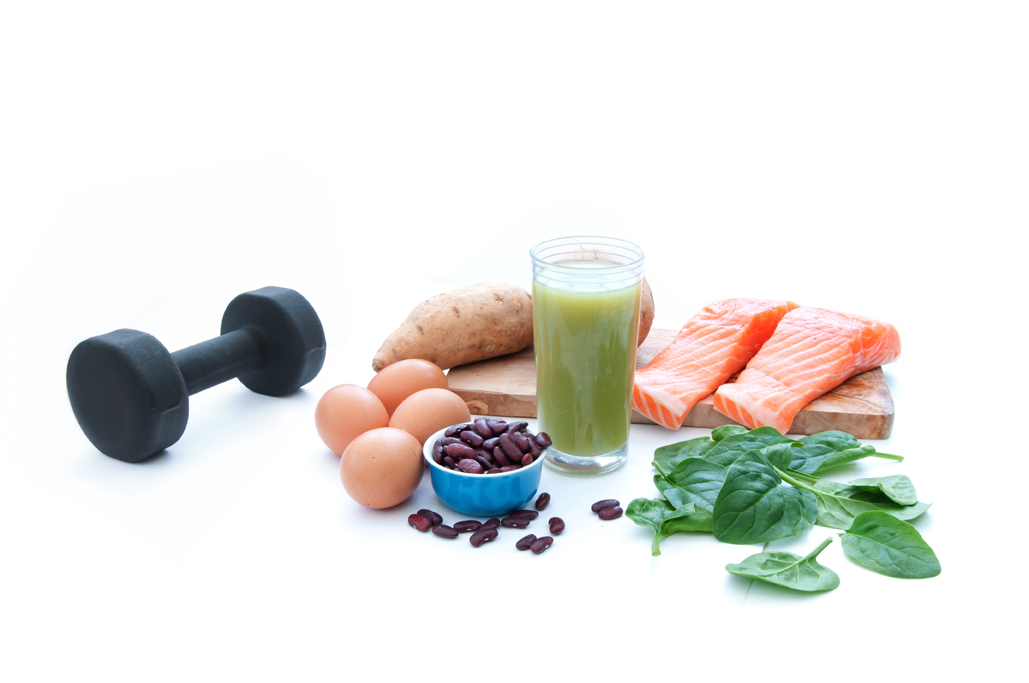
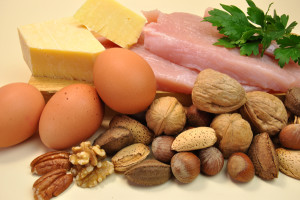 The current recommendation for protein intake for healthy adults is 0.8 g protein per kilogram of body weight per day. This number was determined using studies on healthy young adults. But consider that body composition changes as people get older. Once adults pass the physical prime of their teens and 20’s, they lose an average of 10 ounces of lean body mass a year. This is mostly in the form of muscle tissue. Few people actually lose 10 ounces of weight a year. Instead, most gain about a pound a year, so the loss of lean tissue is masked. Another way to look at this is the average person gains about 1 pound and 10 ounces of body fat per year. This phenomenon, called sarcopenia, is derived from Greek words for “vanishing flesh.” This change in body composition contributes to impaired wound healing, loss of skin elasticity, and an inability to fight infection.
The current recommendation for protein intake for healthy adults is 0.8 g protein per kilogram of body weight per day. This number was determined using studies on healthy young adults. But consider that body composition changes as people get older. Once adults pass the physical prime of their teens and 20’s, they lose an average of 10 ounces of lean body mass a year. This is mostly in the form of muscle tissue. Few people actually lose 10 ounces of weight a year. Instead, most gain about a pound a year, so the loss of lean tissue is masked. Another way to look at this is the average person gains about 1 pound and 10 ounces of body fat per year. This phenomenon, called sarcopenia, is derived from Greek words for “vanishing flesh.” This change in body composition contributes to impaired wound healing, loss of skin elasticity, and an inability to fight infection.
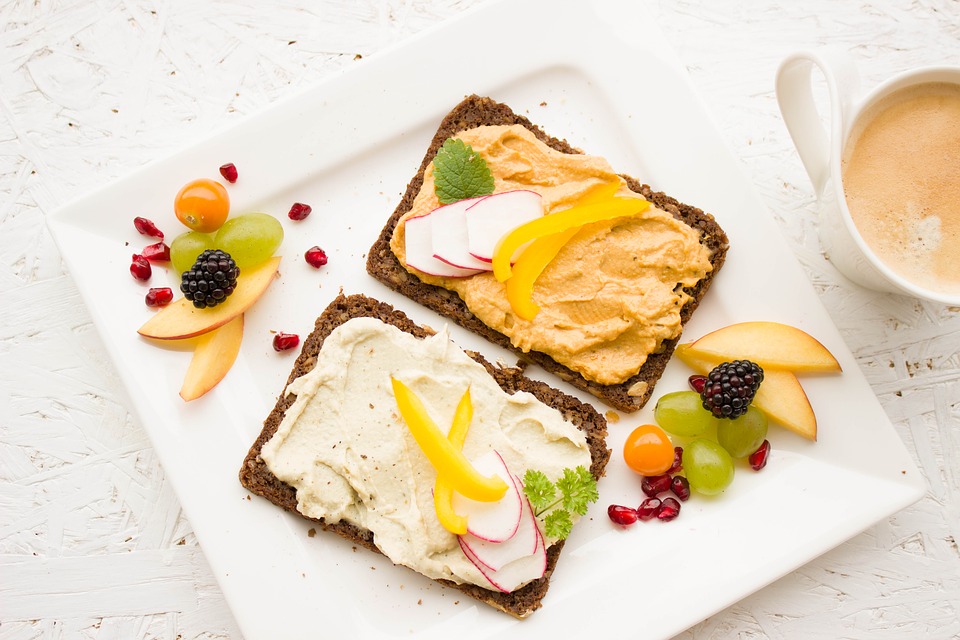 Also, there is a beauty in eating from a color palette. Having red, such as red peppers and watermelon; orange — baby carrots; yellow — pre-cut peppers and mangoes; green — celery, spinach, lettuce, honeydew; blue — blueberries; purple — beet juice (which is made for us in a juice press or machine). It’s so much more satisfying than having your typical beige and brown food (unless you include hummus and almond butter!).
Also, there is a beauty in eating from a color palette. Having red, such as red peppers and watermelon; orange — baby carrots; yellow — pre-cut peppers and mangoes; green — celery, spinach, lettuce, honeydew; blue — blueberries; purple — beet juice (which is made for us in a juice press or machine). It’s so much more satisfying than having your typical beige and brown food (unless you include hummus and almond butter!).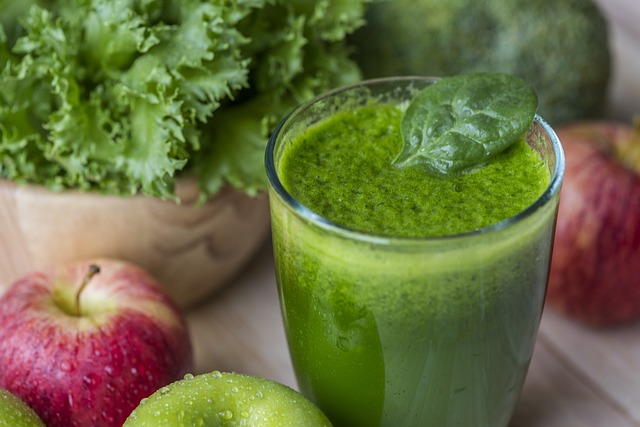
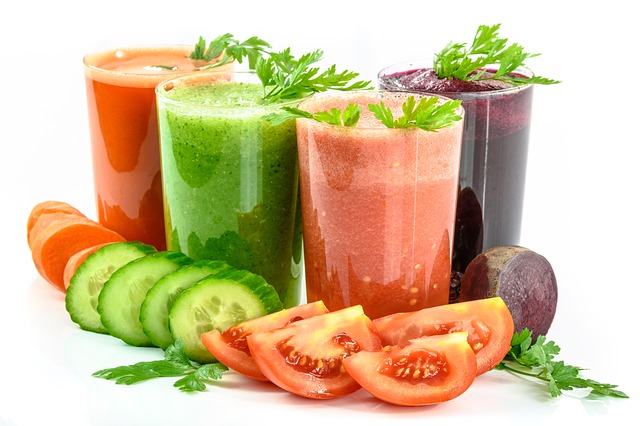 Anything that promises detoxification sounds a little questionable – like products that claim to “pull toxins out of your system” or “cleanse the liver.” The body does have detoxification mechanisms that are working all the time, and both healthful eating and intermittent fasting can accelerate those processes. Several-day juice “fasts” are one way to tap into the benefits of intermittent fasting and enhance removal of toxins from the body, because the body enhances the removal of toxins when not digesting food and burning more fat for its energy needs. Our fat supply stores toxins, and when we lose body fat we release more toxic waste simultaneously. The body also needs adequate phytochemical and antioxidants for the liver to most effectively process fat-soluble toxins so they can be excreted via the urine.
Anything that promises detoxification sounds a little questionable – like products that claim to “pull toxins out of your system” or “cleanse the liver.” The body does have detoxification mechanisms that are working all the time, and both healthful eating and intermittent fasting can accelerate those processes. Several-day juice “fasts” are one way to tap into the benefits of intermittent fasting and enhance removal of toxins from the body, because the body enhances the removal of toxins when not digesting food and burning more fat for its energy needs. Our fat supply stores toxins, and when we lose body fat we release more toxic waste simultaneously. The body also needs adequate phytochemical and antioxidants for the liver to most effectively process fat-soluble toxins so they can be excreted via the urine.
 Alcohol has a strong link with sport, be it with sponsorship, beer consumption after a hard workout, or teams enmeshed in a culture of heavy drinking. To address what is known—and not known—about the impact of alcohol on athletic performance, members of Professionals In Nutrition for Exercise and Sport (PINES) organized a session at the American College of Sports Medicine (ACSM) 2018 annual meeting in Minneapolis. Respected researchers answered some questions athletes commonly ask regarding alcohol and sport performance. Here’s what you might want to know.
Alcohol has a strong link with sport, be it with sponsorship, beer consumption after a hard workout, or teams enmeshed in a culture of heavy drinking. To address what is known—and not known—about the impact of alcohol on athletic performance, members of Professionals In Nutrition for Exercise and Sport (PINES) organized a session at the American College of Sports Medicine (ACSM) 2018 annual meeting in Minneapolis. Respected researchers answered some questions athletes commonly ask regarding alcohol and sport performance. Here’s what you might want to know. What does heavy alcohol intake after exercise do to muscle soreness, injury, and inflammation? Matthew Barnes of Massey University in New Zealand noted when athletes perform exercise to which they are accustomed, alcohol’s negative effects are less pronounced compared to doing a new form of exercise. That is, after getting battered up in a game, a 200-lb rugby player who is experienced with both sport and drinking could have perhaps 20 standard drinks and still effectively perform a vertical jump! As for inflammation, players who are conditioned to both their sport and to drinking alcohol do not have a significant inflammatory response. But if you are a weekend warrior, watch out…
What does heavy alcohol intake after exercise do to muscle soreness, injury, and inflammation? Matthew Barnes of Massey University in New Zealand noted when athletes perform exercise to which they are accustomed, alcohol’s negative effects are less pronounced compared to doing a new form of exercise. That is, after getting battered up in a game, a 200-lb rugby player who is experienced with both sport and drinking could have perhaps 20 standard drinks and still effectively perform a vertical jump! As for inflammation, players who are conditioned to both their sport and to drinking alcohol do not have a significant inflammatory response. But if you are a weekend warrior, watch out…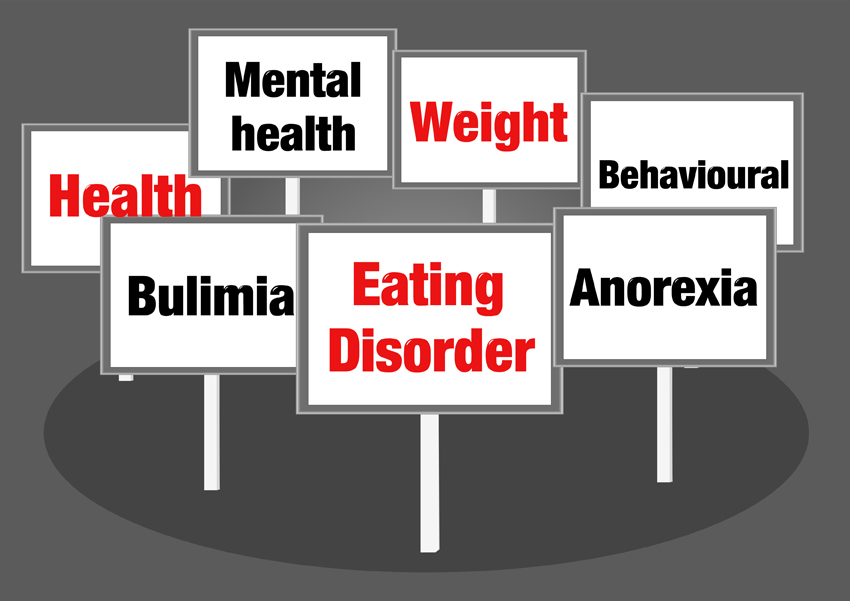

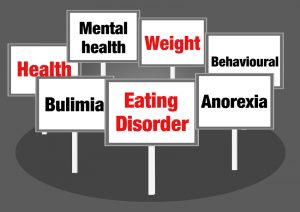 1. Exercise will bring up past trauma in the body. It can get emotional. Be prepared for some distress and perhaps, some crying. Hence, it is important to consult with the treatment team so you are prepared and can offer the appropriate type of support.
1. Exercise will bring up past trauma in the body. It can get emotional. Be prepared for some distress and perhaps, some crying. Hence, it is important to consult with the treatment team so you are prepared and can offer the appropriate type of support. Page Love is a registered dietitian, certified specialist in sport dietetics and nutrition therapist, and runs a thriving
Page Love is a registered dietitian, certified specialist in sport dietetics and nutrition therapist, and runs a thriving 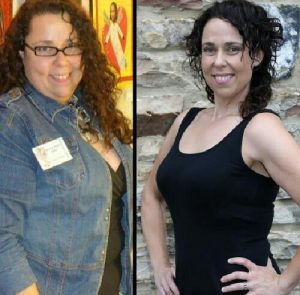 At 40 years old, Kristy Wegert made some decisions that caused a mid-life career change. She decided after some much needed deep thought, that she was meant for the fitness industry. She holds an ACE Personal Trainer Certification. While she was studying for the ACE exam, she decided to get herself into the industry. There was just no point in waiting (and she was too excited!) so she became a certified Cycle Instructor. (A little back story: Kristy lost 100 pounds after being heavy most of her life and has kept off that weight since 2008). Kristy loves to exercise and loves being an inspiration to others. Her current passion is to help others in a safe, fun way and watch them transform. Her company,
At 40 years old, Kristy Wegert made some decisions that caused a mid-life career change. She decided after some much needed deep thought, that she was meant for the fitness industry. She holds an ACE Personal Trainer Certification. While she was studying for the ACE exam, she decided to get herself into the industry. There was just no point in waiting (and she was too excited!) so she became a certified Cycle Instructor. (A little back story: Kristy lost 100 pounds after being heavy most of her life and has kept off that weight since 2008). Kristy loves to exercise and loves being an inspiration to others. Her current passion is to help others in a safe, fun way and watch them transform. Her company, 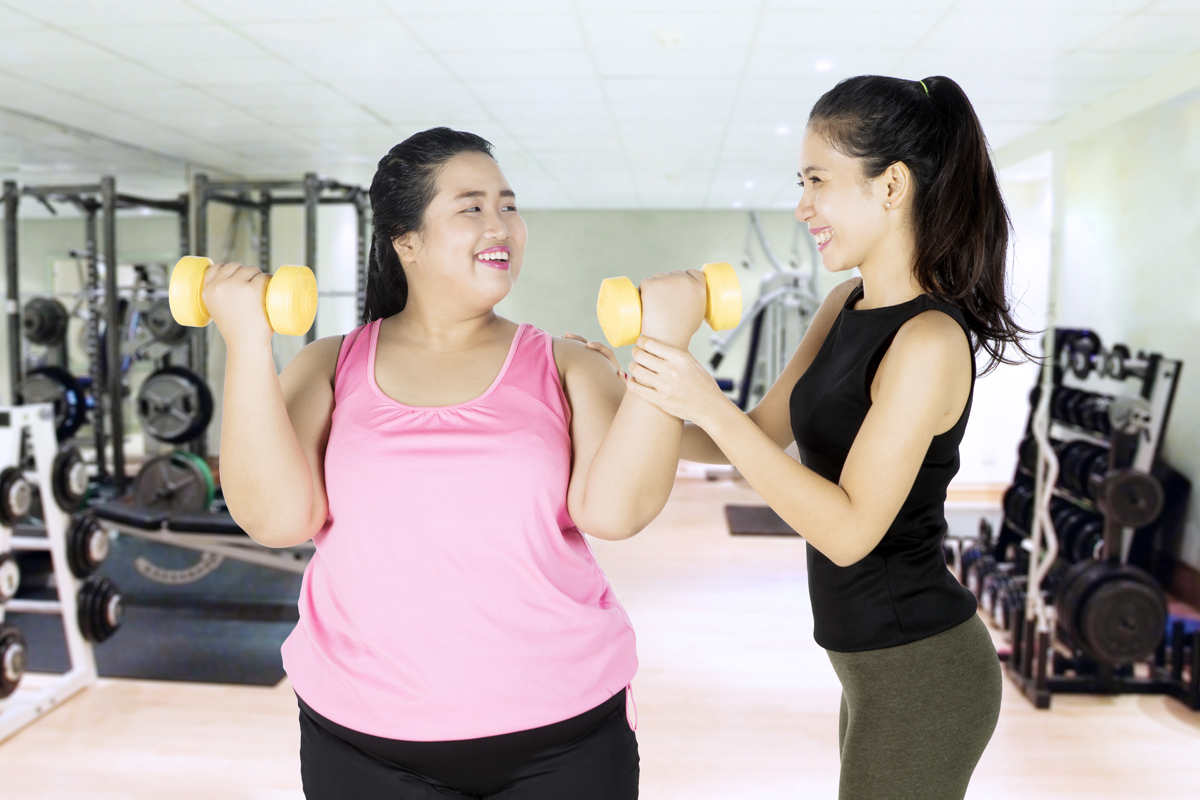
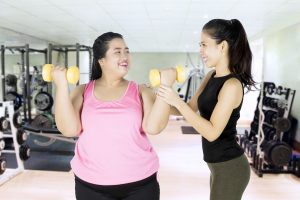
 Millions of Americans at risk for metabolic syndrome can sharply lower their chances of getting this disease by adopting a healthy lifestyle (stop smoking, low-fat diet, weight loss/maintenance and increased physical activity). Without diet and exercise modifications, most patients will eventually fail and progress to type 2 diabetes within a decade and experience a heart attack about 10 years later. Experts recommend a diet reduced in saturated fats (<7%), low in cholesterol (<200 mg/day), high in fiber (20-30gm/day) and reduced in simple sugars. Weight loss of only 5-7% (less than 15 pounds) can make a big difference in health markers like cholesterol and blood pressure. A program that includes daily exercise reaching 85% of heart rate for age is reported to be of benefit too. However, any exercise is better than none, and a target of 30 minutes every other day is a reasonable level for most people.
Millions of Americans at risk for metabolic syndrome can sharply lower their chances of getting this disease by adopting a healthy lifestyle (stop smoking, low-fat diet, weight loss/maintenance and increased physical activity). Without diet and exercise modifications, most patients will eventually fail and progress to type 2 diabetes within a decade and experience a heart attack about 10 years later. Experts recommend a diet reduced in saturated fats (<7%), low in cholesterol (<200 mg/day), high in fiber (20-30gm/day) and reduced in simple sugars. Weight loss of only 5-7% (less than 15 pounds) can make a big difference in health markers like cholesterol and blood pressure. A program that includes daily exercise reaching 85% of heart rate for age is reported to be of benefit too. However, any exercise is better than none, and a target of 30 minutes every other day is a reasonable level for most people.
 Stress is a normal physical response. Everyone feels stress. You may feel stress when you have too many errands to run, when you are given a promotion at work, or in your daily commute through Atlanta traffic!
Stress is a normal physical response. Everyone feels stress. You may feel stress when you have too many errands to run, when you are given a promotion at work, or in your daily commute through Atlanta traffic! The good news is you have choices here. You can choose to take control of all of these factors in your life. Or you can choose to be a victim to stress and succumb to headaches, ulcers, back pain, sickness, disease, obesity, depression, unhealthy relationships…
The good news is you have choices here. You can choose to take control of all of these factors in your life. Or you can choose to be a victim to stress and succumb to headaches, ulcers, back pain, sickness, disease, obesity, depression, unhealthy relationships…

 Research suggests that older people, including athletes, should increase their protein intake to 1.4 g to 1.6 g/kg per day, and up to 40 grams after hard exercise. Exercise physiologist Robert Murray, PhD,(
Research suggests that older people, including athletes, should increase their protein intake to 1.4 g to 1.6 g/kg per day, and up to 40 grams after hard exercise. Exercise physiologist Robert Murray, PhD,(